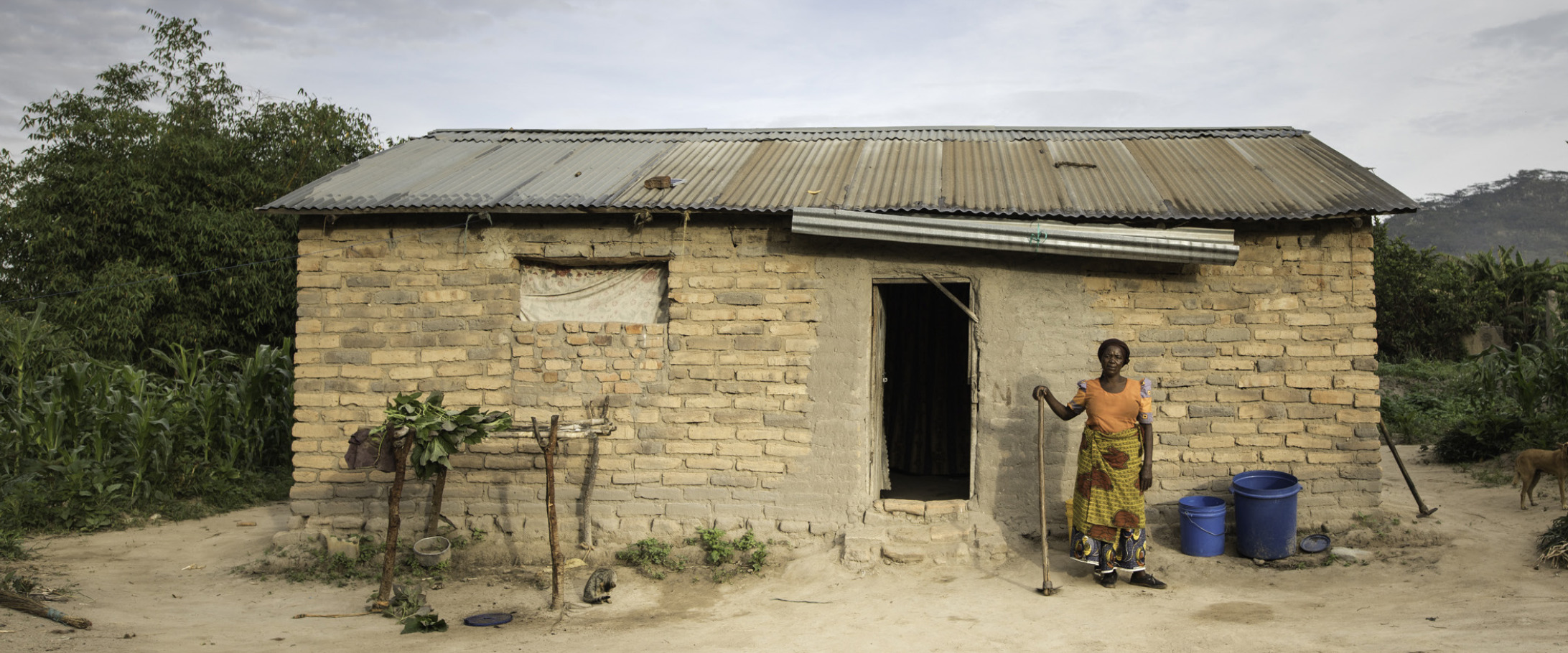1. Right now, more than 20 million people across four countries are facing starvation and famine.
20 million people – that’s the entire population of Europe’s five largest capital cities – are affected by one of the largest humanitarian crises since the Second World War. Imagine everyone in London, Berlin, Madrid, Rome and Paris at risk of death because they do not have enough to eat. This is how many people are facing starvation and famine in Yemen, South Sudan, Somalia and Nigeria.
2. Famine is only the tip of the iceberg.
Worldwide, 1 in 9 people do not have enough to eat. A famine is declared when we are dealing with the absolute worst-case scenario; when people are already starving to death. When famine is declared, at least 20% of families are facing extreme food shortages, more than a third of all people are acutely malnourished and more than two people per 10,000 are dying every day from causes related to hunger.
Earlier this year, famine was declared in parts of South Sudan. In Yemen, Nigeria and Somalia, famines are looming, but can be prevented if we act now.
3. Women and girls bear the heaviest burden of hunger.
Women face many inequalities that make them particularly vulnerable to hunger. When food is scarce, they often eat less to give the rest of the family more food, even when they are pregnant and breastfeeding. Severe hunger increases risks during pregnancy and childbirth. And girls are often the first to drop out of school when families need help to make ends meet.
4. Conflict is making things worse…
There are many reasons why people are at risk of starvation, but one driving factor in the countries currently threatened by famine is conflict. In Yemen, South Sudan, Nigeria and Somalia millions have been uprooted from their homes by war and conflict.
Conflict disrupts markets, decimates trade and agriculture, destroys livelihoods and leaves people unable to feed themselves. Families on the run cannot plant or harvest their crops. And in many places, market prices have more than doubled.
Ongoing violence also makes relief efforts difficult, as aid workers are unable to reach communities in need.
5. …and so is climate change!
In many countries, climate change adds to the cycle of droughts and instability and has led to severe food shortages. Droughts have become more frequent, especially in west, east and southern Africa. In Somalia, a compressed cycle of recurring drought plunges the same communities back into drought before they have a chance to recover sufficiently from the last one.
6. We can fight hunger!
Here comes the good news: we can fight hunger, and prevention does work. Malnutrition rates have declined in areas where CARE and partners have had sustained access and delivered food and nutritional supplies. We have scaled up our work in all of the affected countries and have already reached more than 2.1 million people with lifesaving food, clean water and healthcare.
We are also helping families adapt and be ready for future shocks. CARE works with families to find alternative sources of income, save money for the future and use better agricultural tools and drought-resistant crops.
7. Preventing food crises is cheaper than responding to them
Being prepared for crises saves lives, and it also saves money. $1 spent on preparing for emergencies before they strike saves $7 in the aftermath. For example, it is much cheaper to help families grow drought-resistant crops when drought is forecast than it is to provide emergency medical assistance when people are already desperately ill.
You can help us do more today – please donate and help fight the East Africa Hunger Crisis.

